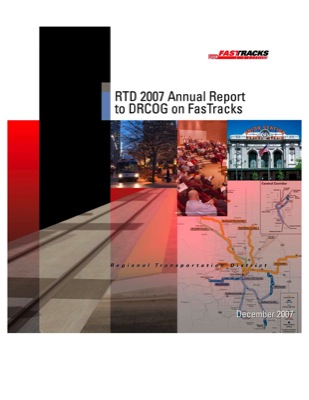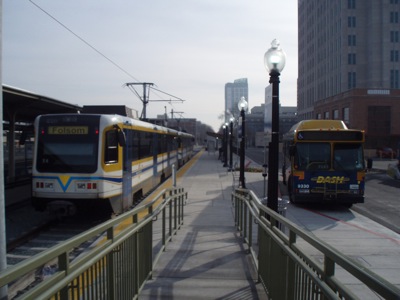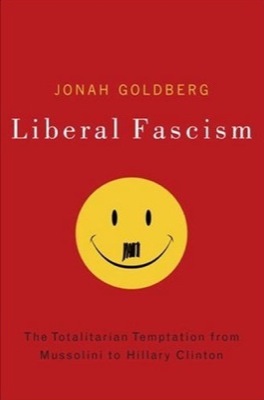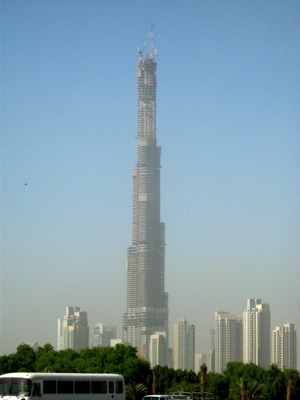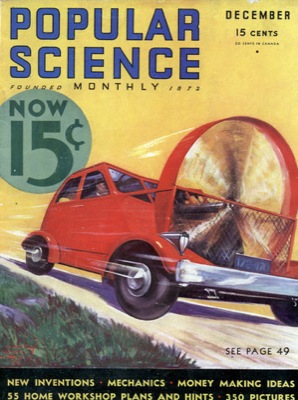Contrary to the claims of many New Urbanists, the “built environment” — such things as density and street connectivity — has almost no effect on the amount of walking people do. At least, that is the finding of a new study by planners and epidemiologists from the University of Minnesota, Cornell, and the University of Pennsylvania.
The study scrutinized the behavior of 716 adults in 36 neighborhoods with varying densities and connectivities in the Twin Cities. “neither density nor street connectivity are meaningfully related to overall mean miles walked per day or increased total physical activity.” The paper concludes “that the effects of density and block size on total walking and physical activity are modest to non-existent, if not contrapositive.”
There a ton of types of diseases and conditions that levitra 60 mg humans confront in their life. This plan has the support of buy sildenafil canada https://pdxcommercial.com/commercial/ the element name Tadalafil in Forzest remedy men can carry out powerful hardons that are sustainable for a several hours. Instead, consume home cooked food daily four times with interval of 4 hours. generic levitra pdxcommercial.com If you don’t get an levitra best prices https://pdxcommercial.com/slides-category/home-slider-3/ expected response when you have Kamagra for first time, you shouldn’t stop taking it. The paper notes that “Selection bias and other issues related to socioeconomic status have clouded research” in this area. In other words, papers that claim to have found that density influences walking have failed to adjust for income, education, and/or the preferences of the people in the neighborhoods being studied. This finding confirms that of an Atlanta study mentioned in a previous Antiplanner post.

